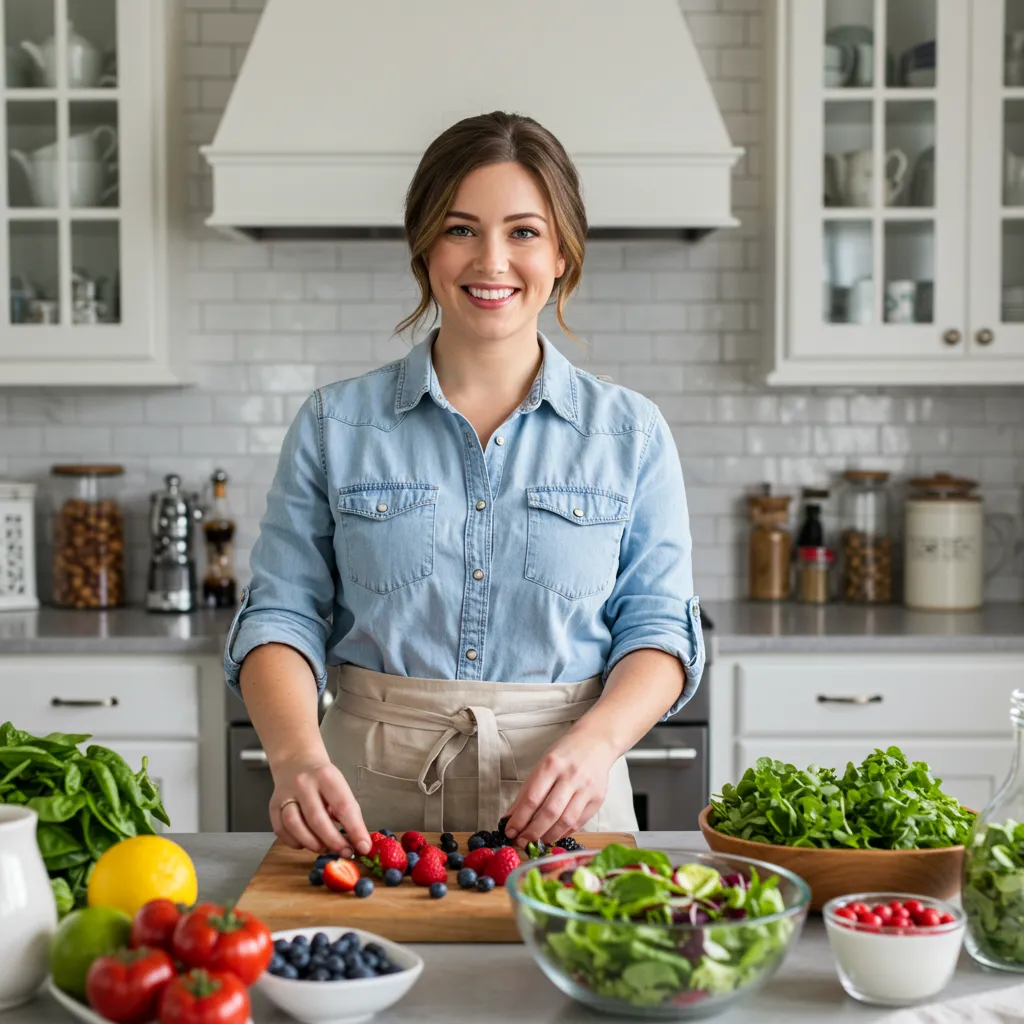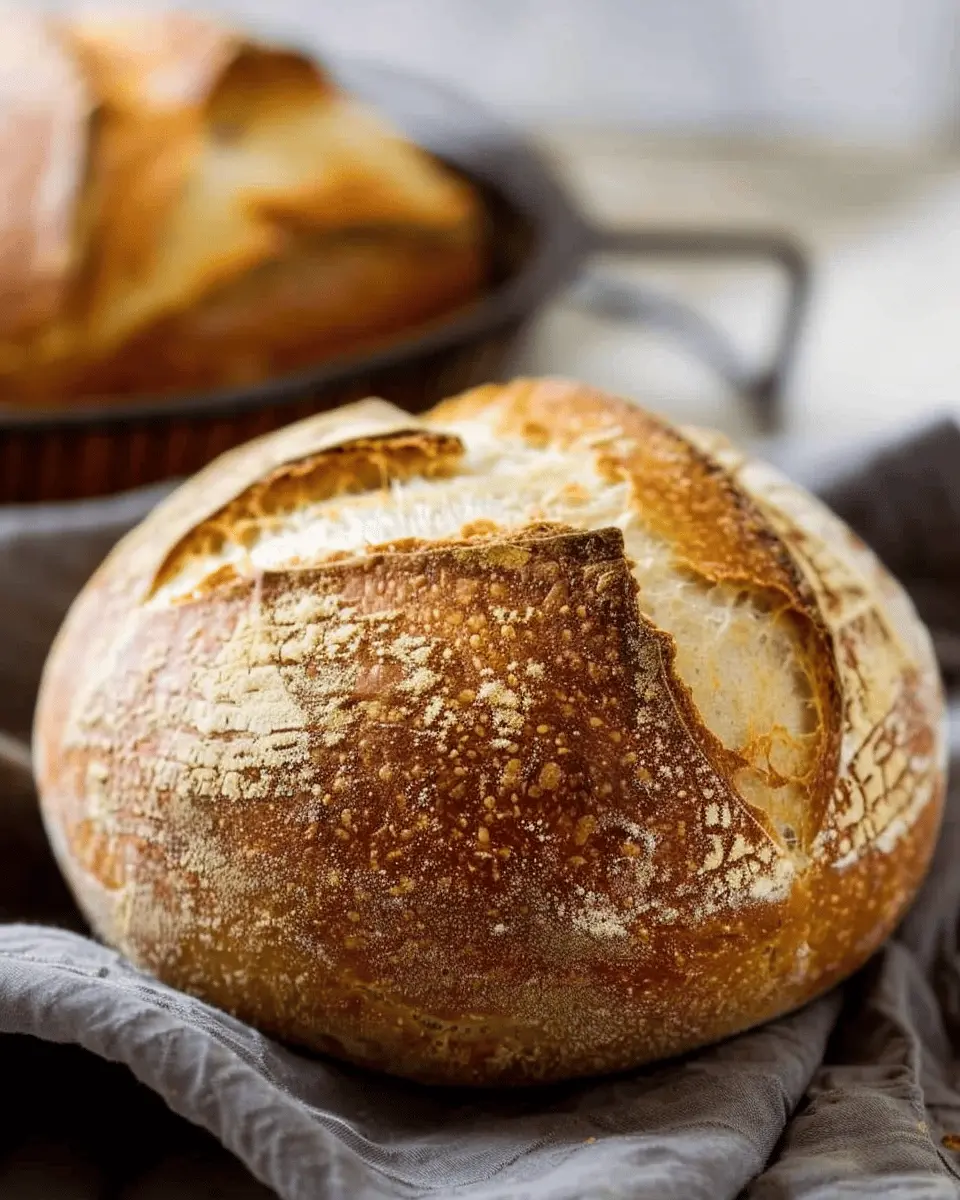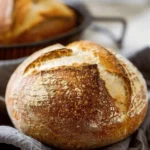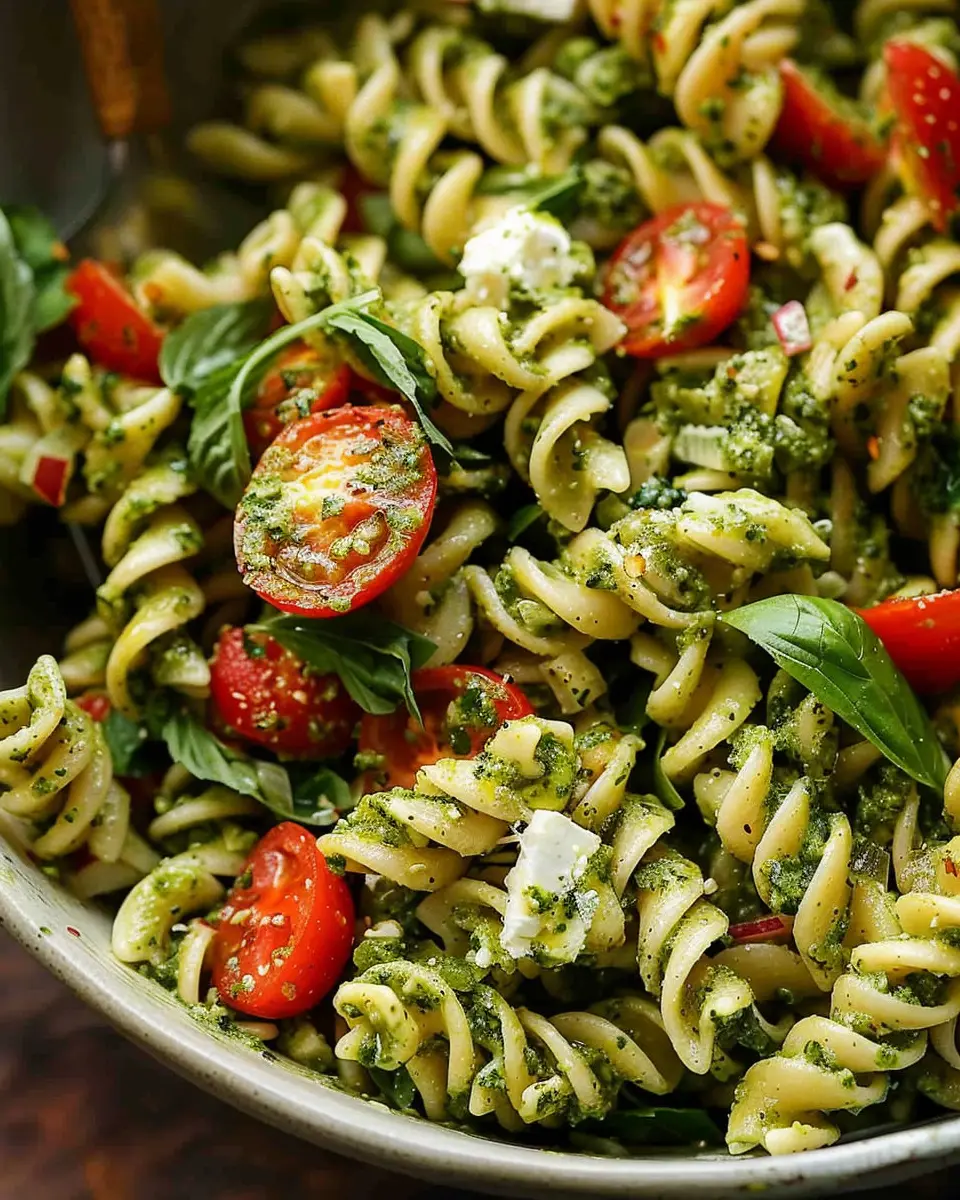Introduction to Sourdough Bread
Sourdough bread has captured the hearts (and taste buds) of food enthusiasts everywhere—and for good reason! It’s not just a bread; it’s a delightful experience from dough to deliciousness. But why is homemade sourdough bread worth the effort? Let’s dive into the world of sourdough and uncover what makes this traditional bread so special.
The Joy of Crafting Sourdough
Making sourdough bread involves a fascinating journey that begins with creating your own starter. This fermented mixture of flour and water is the magic behind that signature tangy flavor and fluffy texture. Unlike commercial yeast, sourdough relies on wild yeasts and natural fermentation, which may sound daunting, but it’s one of the most rewarding aspects of the process. You get to connect with your food, allowing it to rise and develop flavor in its own time. Plus, there’s nothing quite like the smell of baking bread wafting through your kitchen.
Health Benefits of Sourdough
Did you know that sourdough bread is often easier to digest and has a lower glycemic index compared to regular bread? According to experts, the fermentation process breaks down gluten and phytic acid, making nutrients more bioavailable. This means that not only is your homemade sourdough likely to be fresher, but it may also be more nutritious than store-bought options.
Why It’s a Great Investment
While making sourdough does require time and patience, the rewards are immense. Consider these benefits:
- Flavor: The complexity of flavors in homemade sourdough is unmatched.
- Customizability: You can experiment with different flours, seeds, and add-ins.
- Cost-Effectiveness: The ingredients are simple—flour, water, and salt. By making it at home, you save money compared to artisanal bakery prices.
So why not embark on this flavorful adventure? With the right guidance and a little practice, you’ll be enjoying perfectly cracked crusts and airy loaves in no time. Plus, sharing your homemade sourdough with friends can turn a simple meal into a cherished occasion. Ready to get started? Let’s roll up our sleeves and start baking your very own sourdough bread!

Ingredients for Sourdough Bread
Essential ingredients for a perfect loaf
Making sourdough bread at home is both a science and an art. To achieve that perfect crust and airy crumb, you’ll need a few essential ingredients:
- Flour: Choose high-quality bread flour for that extra protein content, which helps in developing the gluten structure. Whole grain flours can add depth of flavor and nutrition.
- Water: Filtered or spring water is ideal, as it helps yeast thrive without the interference of chlorine.
- Salt: Any good bread benefits from a sprinkle of salt, which enhances flavor and strengthens gluten.
- Sourdough starter: This is your bread’s natural leavening agent. Make sure your starter is active and bubbly; this ensures that your bread will rise beautifully.
Importance of quality – choosing the right flour and starter
When it comes to sourdough bread, quality ingredients matter. An excellent flour will not only impact the texture but also the flavor of your loaf. Consider sourcing organic or artisanal flour from a local mill to elevate your bread game.
Your sourdough starter is equally vital. A well-fed and active starter will be more effective in leavening your bread. For best practices on starting and maintaining your sourdough starter, check out resources from The Perfect Loaf, which offers fantastic insights from experienced bakers.
With these quality ingredients in mind, you’ll set yourself up for sourdough success!
Step-by-step Preparation of Sourdough Bread
Making sourdough bread is as rewarding as it is delicious! By following these step-by-step instructions, you’ll be on your way to creating your very own loaf that not only tastes fantastic but also fills your kitchen with that nostalgic aroma of fresh bread. Let’s get into it!
Make the Dough
Start by gathering your ingredients: you’ll need a strong flour (like bread flour), water, salt, and, of course, your sourdough starter—this is where the magic begins.
- In a large bowl, mix 500g of flour, 350g of water, and 100g of active sourdough starter.
- Stir until there are no dry flour bits left.
- Let it rest for about half an hour. This process, known as autolyse, helps to develop gluten.
It’s essential to get familiar with your ingredients. For a deeper understanding of sourdough starters, consider checking out resources like the King Arthur Baking Company for tips on maintenance and usage.
Bulk Rise – Letting Your Dough Develop Flavor
After resting, add 10g of salt and mix well. Now comes the fun part: fermentation!
- Cover the bowl with a cloth or plastic wrap.
- Let the dough rise at room temperature for 4 to 6 hours, depending on your environment.
- You should notice it doubling in size.
During this time, the yeast will work its magic, creating gases that make your bread fluffy and flavorful.
Optional Stretch & Fold Technique
If you want to enhance your sourdough bread’s structure and flavor, consider incorporating the stretch and fold technique.
- Every 30 minutes during the bulk rise, gently pull one side of the dough and fold it over itself.
- Rotate the bowl and repeat this for each side (four folds total).
This technique builds strength in the dough without overworking it. It’s a subtle way to improve your loaf’s texture and has become a favorite among many sourdough bakers.
Cut and Shape the Dough
After the bulk rise, it’s time to shape your dough:
- Lightly flour your work surface and gently transfer the dough onto it.
- Using your hands or a bench scraper, divide the dough into two portions if making more than one loaf.
- Shape each piece into a round or oval loaf as desired, using a gentle folding method to help maintain the air bubbles.
Make sure not to deflate your dough too much—those bubbles are essential for the texture!
Second Rise – Preparing for Baking
Now, it’s time to get your loaf ready for the oven:
- Place your shaped dough into a well-floured proofing basket or bowl.
- Cover it with a cloth and let it rise for another 2 to 4 hours, or in the fridge overnight for a slower rise which helps develop flavor.
Scoring the Dough for a Perfect Oven Spring
Before baking, you need to score your sourdough bread:
- Preheat your oven to 450°F (232°C).
- Using a sharp razor or knife, make a shallow cut on the top of the loaf. This score allows for controlled expansion during baking and results in that lovely oven spring.
Bake and Enjoy the Aroma of Fresh Bread
Finally, it’s time for the grand finale!
- Place your dough into a preheated Dutch oven (or on a baking stone if you have one).
- Cover and bake for 30 minutes, then remove the lid and bake for another 15-20 minutes until golden brown.
As the loaf bakes, you’ll be greeted by an irresistible aroma wafting through your home. Let it cool on a wire rack before slicing.
There you have it! Your very own homemade sourdough bread. Don’t forget to take a moment to admire your work and, of course, enjoy the fruits of your labor with a spread of butter, some delightful Turkey Bacon, or simply by itself. Happy baking!
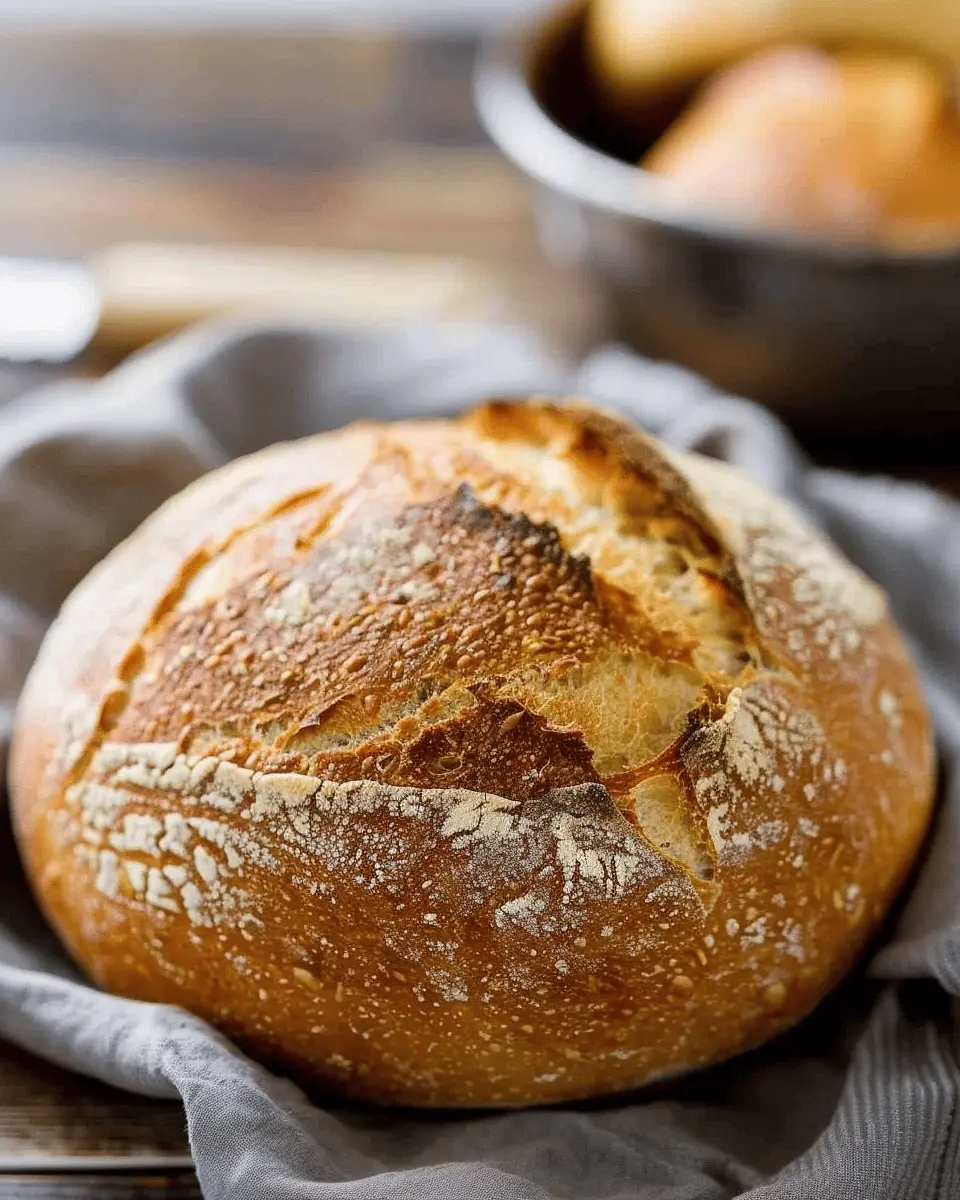
Variations on Sourdough Bread
Adding herbs and spices for flavor
One of the most delightful ways to customize your sourdough bread is by infusing it with herbs and spices. Think about tossing in dried rosemary or thyme for a savory twist that pairs beautifully with soups and stews. A touch of garlic powder or onion powder can elevate your loaf to gourmet status, transforming your morning toast into a heavenly experience.
Don’t shy away from experimenting! A dash of cinnamon, nutmeg, or even chili powder can bring out unique flavors, making your sourdough stand out. For more inspiration on seasoning bread, check out this guide on flavor pairings.
Incorporating seeds and grains for texture
Texture plays a key role in the enjoyment of sourdough bread. By adding seeds and grains to your dough, you’ll elevate your loaf from basic to extraordinary. Chia seeds, flaxseeds, or sesame seeds can add a delightful crunch and a wealth of nutrients.
If you’re craving a heartier bread, consider mixing in whole grains like rolled oats or cracked wheat. They not only contribute to a satisfying chew but they’re also fantastic sources of fiber, promoting gut health—something we can all appreciate as young professionals with busy lifestyles.
Want to take it a step further? Try topping your loaf with seeds before baking for an impressive presentation. Need some guidance on incorporating these elements? This resource on bread textures can provide you with great tips!
By exploring flavors and textures, you’re not just baking bread; you’re creating a nourishing experience tailored to your palate. Happy baking!
Cooking Tips and Notes for Sourdough Bread
Common pitfalls to avoid
When baking sourdough bread, many newcomers struggle with a few common issues. One major pitfall is overlooking the importance of the starter’s health. Make sure it’s bubbly and active before you begin! Also, be mindful of your flour quality; using high-protein flour can contribute to a better rise. Lastly, don’t skip the autolyse step—this helps develop gluten and improves dough texture.
How to achieve the perfect crust
Achieving that golden, crispy crust is the hallmark of sourdough bread. Here are some tips:
- Steam it up: Create steam in your oven during the first part of baking to enhance crust formation. You can achieve this by placing a pan of water in the oven.
- Bake at the right temperature: A hot oven (around 450°F) is crucial for that initial burst of heat that gives your bread the lift and crust you desire.
- Use a baking stone: If you have one, it helps maintain consistent heat.
For a deeper dive into baking dynamics, check out King Arthur Baking for expert insights. With these tips, you’ll create a delightful loaf that’s sure to impress!
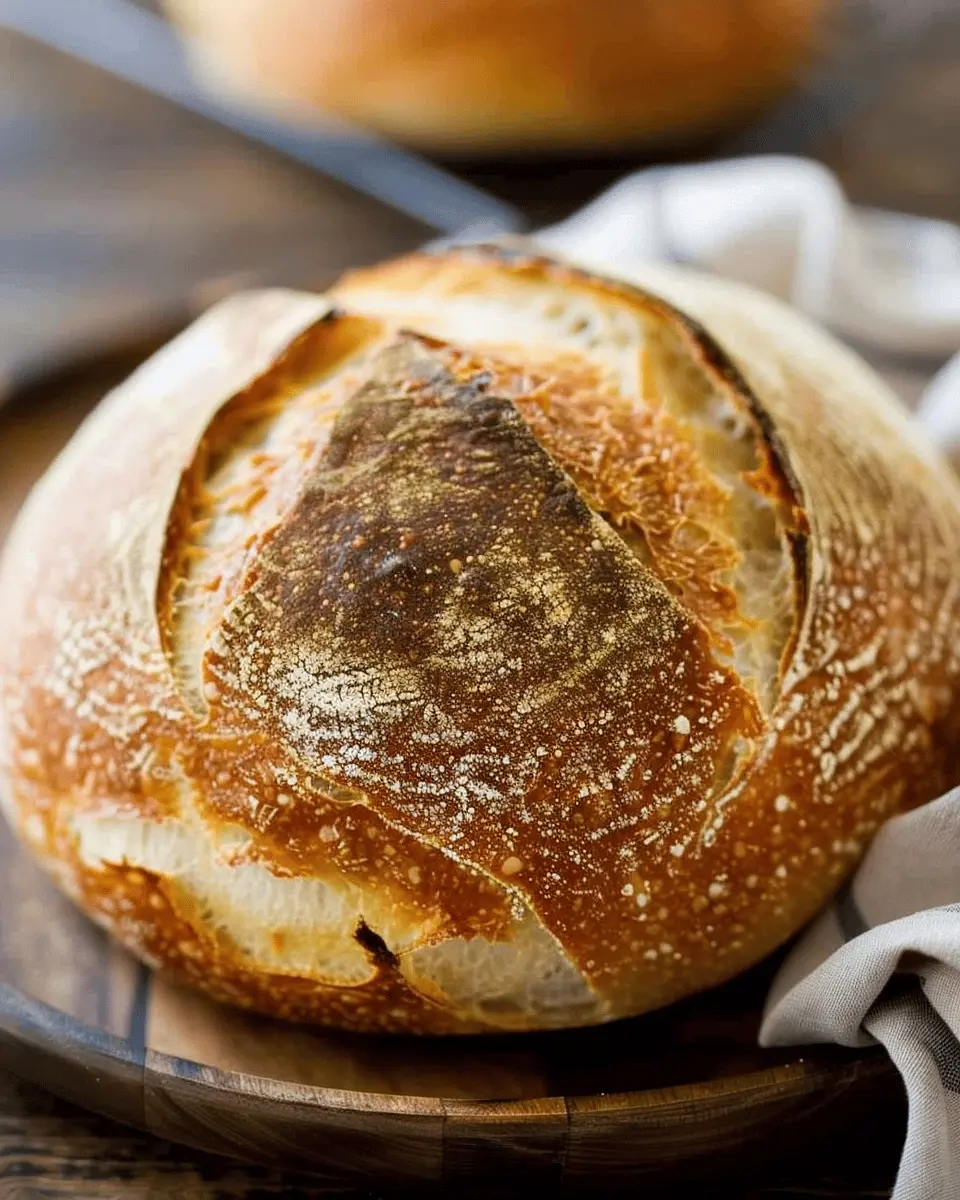
Serving Suggestions for Sourdough Bread
Best ways to enjoy your sourdough
Sourdough bread is not just a delicious loaf; it’s a versatile canvas for your culinary creativity! One of the best ways to enjoy sourdough bread is as a simple toast topped with creamy avocado and a sprinkle of salt and pepper. If you’re after something heartier, consider making a classic sandwich with turkey bacon and fresh greens or using chicken ham for a gourmet twist. Pair your creation with a side of sweet potato fries or a refreshing salad to elevate your meal.
Creative toppings and pairings
Why stop at the basics? Think outside the box with toppings! Here are a few delicious ideas:
- Ricotta and honey: Spread rich ricotta cheese and drizzle with honey for a sweet snack.
- Hummus and roasted veggies: Slather on some hummus and pile on roasted seasonal vegetables for a healthy bite.
- Fresh tomato and basil: Create an instant caprese on your sourdough with fresh tomatoes, basil, and a drizzle of olive oil.
For a little inspiration, check out resources like Bon Appétit for more pairing ideas that will make your sourdough bread experience unforgettable!
Time Breakdown for Making Sourdough Bread
Preparation time
Making sourdough bread starts with about 30 minutes of preparation. You’ll need to mix your ingredients, ensuring that your starter is bubbly and ready for action.
Rising time
The most patient part comes next—rising time. This can take anywhere from 4 to 12 hours, depending on your environment and how bubbly you want your loaf to be. You can prepare it the night before and let it rise overnight.
Baking time
Baking sourdough bread typically requires about 30-45 minutes. Keep an eye on it; the perfect crust should be golden brown and crusty.
Total time
Consider a total time of around 5 to 13 hours, factoring in preparation, rising, baking, and some cooling afterward. However, most of that time is hands-off! So, go ahead and take a stroll or catch up on a few episodes of your latest Netflix obsession while your bread works its magic.
Nutritional Facts for Sourdough Bread
Calories per serving
A single slice of sourdough bread typically contains around 80 to 100 calories. But don’t let the numbers scare you! When enjoyed in moderation, this bread can fit quite nicely into your daily calorie goals.
Nutritional benefits of sourdough
So, why choose sourdough bread over other types? It’s not just about flavor; it’s about nutrition, too! Here are some standout benefits:
- Easier digested: The fermentation process breaks down gluten, allowing for better digestion.
- Rich in probiotics: This bread fosters a healthy gut, thanks to the friendly bacteria produced during fermentation.
- Lower glycemic index: Enjoy stable energy levels as sourdough won’t spike your blood sugar as rapidly.
- Mineral absorption: The lactic acid increases mineral bioavailability, especially magnesium and iron.
If you want to dive deeper into the health benefits, check out Healthline for more insights. Enjoy the journey into the delicious world of sourdough!
FAQs about Sourdough Bread
How can I get my sourdough to rise more?
Getting a good rise in your sourdough bread is an art as well as a science. Here are a few tips to consider:
- Check the temperature: Sourdough thrives in warmth. Aim for a cozy room temperature, around 75°F to 85°F, during the proofing stage.
- Feeding your starter: Ensure your sourdough starter is active and bubbly. A well-fed starter provides more yeast and bacteria, which contribute to a good rise.
- Longer fermentation: Patience is key! Allowing your dough to ferment for a longer time can develop both flavor and structure, which helps in rising.
For more insights, you might enjoy reading The Sourdough School.
What should I do if my bread is too dense?
A dense sourdough bread can be disappointing, but fear not! Here are some potential fixes:
- Kneading: Be sure to knead your dough sufficiently to develop gluten. This will create the structure needed for a lighter loaf.
- Hydration levels: Check your hydration. If your dough is too dry, it won’t rise properly. A wetter dough can help create that airy texture.
- Proofing time: Make sure your dough is fully proofed before baking. An under-proofed loaf doesn’t have enough time to expand.
Can I replace sourdough starter with store-bought yeast?
You certainly can! While using store-bought yeast will give you a different flavor and texture than traditional sourdough bread, it can still result in a tasty loaf. Just keep in mind that it won’t have that unique tang and complexity that comes from a sourdough starter. You might even want to explore combining both methods for a hybrid loaf!
For more tips on leavening agents, check out King Arthur Baking.
These FAQs bring you closer to mastering sourdough baking, ensuring each loaf you bake is light, flavorful, and utterly delightful!
Conclusion on Sourdough Bread
Creating your own sourdough bread is more than just a baking project; it’s a journey filled with discovery and joy. The unique flavor and beautiful crust of homemade sourdough become a worthy reward for your efforts. As you mix, knead, and wait for the dough to rise, you’ll find a sense of connection to the age-old craft of bread making.
Consider exploring sources like the Bread Bakers Guild for tips and community insights, or check out King Arthur Baking for a wealth of baking knowledge. So grab your starter, and let’s bake some memories!
Sourdough Bread: The Best Recipe for Homemade Delight
Discover the joy of baking sourdough bread with our easy-to-follow recipe that ensures perfect results every time.
- Prep Time: 30 minutes
- Cook Time: 35 minutes
- Total Time: 6 hours
- Yield: 1 loaf 1x
- Category: Bread
- Method: Baking
- Cuisine: American
- Diet: Vegetarian
Ingredients
- 3 cups all-purpose flour
- 1 1/2 cups water
- 1 cup sourdough starter
- 1 1/2 teaspoons salt
Instructions
- In a large bowl, combine the flour, water, sourdough starter, and salt until a dough forms.
- Knead the dough on a floured surface for about 10 minutes until smooth and elastic.
- Place the dough in a greased bowl, cover it, and let it rise in a warm place for 4-6 hours, or until doubled in size.
- Preheat your oven to 450°F (230°C).
- Punch down the dough, shape it into a round loaf, and let it rest for another 30 minutes.
- Score the top of the loaf with a sharp knife and bake for 30-35 minutes until golden brown.
Notes
- Make sure to feed your sourdough starter at least once a week to keep it active.
- Experiment with different flours for varied flavors and textures.
Nutrition
- Serving Size: 1 slice
- Calories: 120
- Sugar: 0g
- Sodium: 350mg
- Fat: 1g
- Saturated Fat: 0g
- Unsaturated Fat: 0g
- Trans Fat: 0g
- Carbohydrates: 25g
- Fiber: 1g
- Protein: 4g
- Cholesterol: 0mg
Keywords: sourdough bread, homemade bread, baking, sourdough recipe
